Post-Apocalyptic Formation 1
Post-apocalyptic Formation 1
The post-apocalyptic is old hat by now. It takes on a different form every year and can’t stop doing so. And it has done so for a very long time. Post apocalyptic Formation is only one of its many parts. But PAF(F) remembers and is intrinsically linked to Post-apocalyptic Realism and Postapocalyptic Self-Reflection, and other parts PAF(F) does not even know of. At any moment PAF(F) is a non-identity, a gathering, and an assembly. PAF(F) is nothing in and by itself, but genuinely in relation. PAF(F) knows that catastrophe has (always) already happened, while it is also happening and about to happen. Without any finality or revelation. PAF(F) stands where the Western anthropocentric view of the world has lost its ground. Has since developed ever more cracks. PAF(F)s self is of a globalized world, defined by both individual and societal, ecological and economic break downs, and haunted by the horrors of its own past and present. The envisioned future full of doom, PAF(F) assumes, is intrinsically connected to this unbearable past-present and still present past. Yet PAF(F) does not surrender itself to end of time scenarios. PAF(F) thinks there is too much work to do. In PAF(F) the present, while certainly broken and damaged as are its economies and ecologies, communities and individuals, is neither totally fixed nor immutable. Rather this troublesome form is plastic, malleable and thus susceptible to different and constant forms of reshaping. Yet to get to this state the given situation has to be dived into, and its contradictions have to be allowed to take space. In order to find out how to live amid the relics relics of our future, the traumatized remnants of our past, and the surplus leftover of the present. This is where PAF(F)
PAF(F)s are, you see, equally part of material, social reality, and fiction. As such in PAF(F) memory is reshaped as fiction and fiction as embodied reality. PAF(F) dreams of and is matter that transforms, displaces, becomes other. Yet PAF(F) is both becoming and ossification. PAF(F) traverses and molds human and non human existents alike, the reader of this text say, a mountain, or art things. PAF(F) Yet PAF(F) resembles the symptoms and workings of a (bad) dream that haunts you. A dream that can be strong and yet fleeting, formless, forming and deforming at the same time. PAF(F) proposes a figuration (a subject?) that indifferently explores its own brokenness, its deformation. PAF(F) understands this as part of their resistance. Does PAF(F) have humor. Definitely so. PAF(F) enjoys stale and cheap jokes. Laughs out loud at its own undoing. And PAF(F) is a friend of Russian formalism while it indulges in black African, Afro-American Science Fiction and gives a shout out to fundamentally hybrid, bio-technological human and a-human life forms. PAF(F) cringes at its own history of modernity and the horrors it brought along, colonialism and fascism, you name them. Yet PAF(F) is also part of this history. So better confront it. PAF(F) echoes informe, that by its name, by its evocation and its operational aspect is doing something. Namely to fulfill the task of bringing things down, not least the academic frock coat of form. PAF(F) is not an opposition to form, but an operation that attacks this opposition itself. PAF(F) unforms informe. PAF(F) is—at times painfully—transformed by its own interconnectedness, by the information, data, sensation it gathers, yet it also takes part in a system of classification or violent deformation. PAF(F)s formalism is thus based on a degeneration of form, a form that takes shape, has a contour, while being formless and deformed. At the same time.
Post-apocalyptic Formation then proposes an understanding of formation as an act, that carries the threat of violence and the potential of emancipation. Post-apocalyptic Formation problematizes both form and matter while it unhinges the dichotomy. Post-apocalyptic Formation proposes formalizations and formations that visibly drag along their own conflictual constitution, of deformation and informe demarcations.
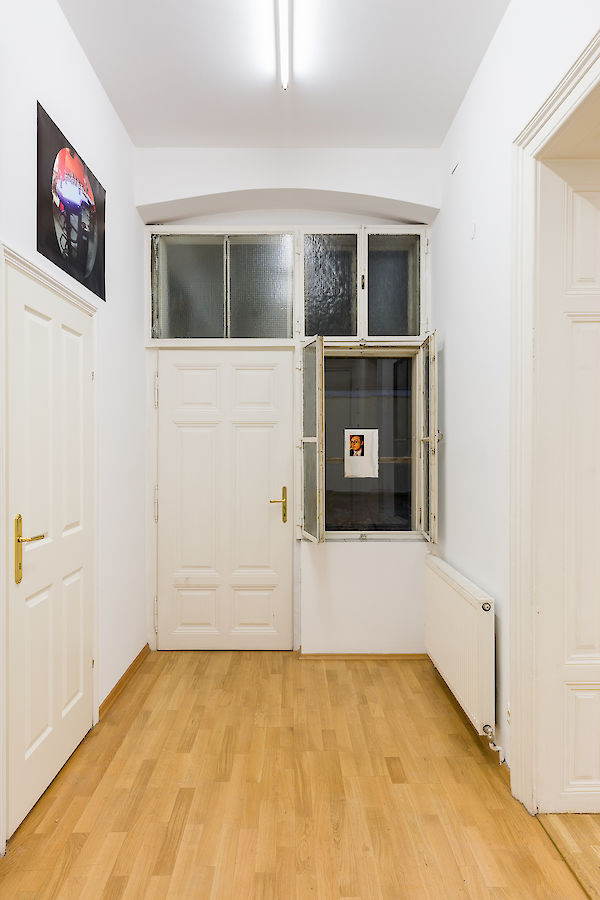
Post-Apocalyptic Formation 1, 2019, Installation view, FELIX GAUDLITZ, Vienna

Max Schmidtlein, Der Spiegel, 2019, Mixed Media, 34 × 24 × 3 cm (13.386 × 9.449 × 1.181 in)
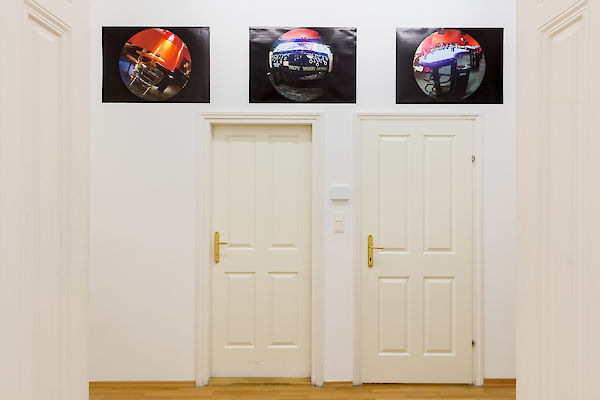
Post-Apocalyptic Formation 1, 2019, Installation view, FELIX GAUDLITZ, Vienna
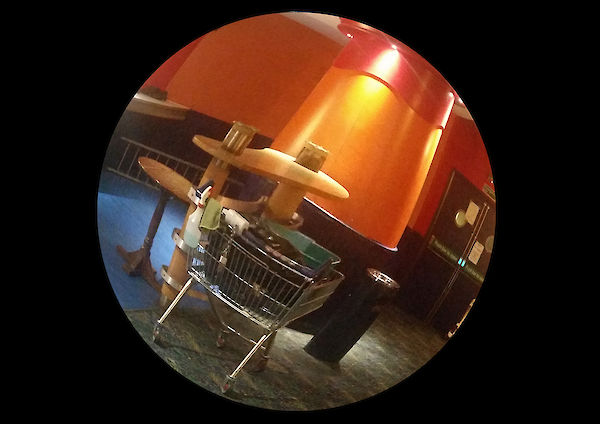
Lena Tutunjian, Globalization my Author, 2019, Poster, open edition, 59,4 × 84,1 cm (23.386 × 33.110 in)
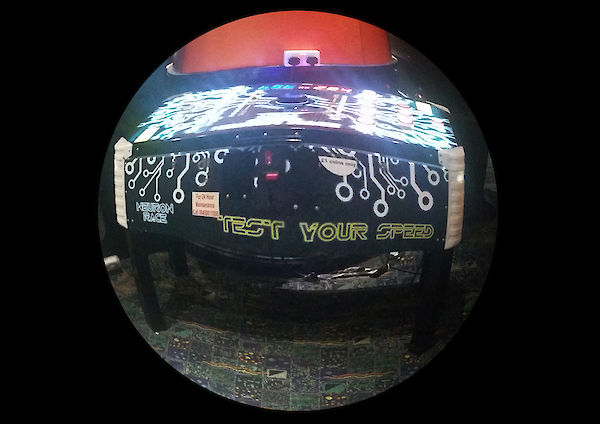
Lena Tutunjian, Globalization my Author, 2019, Poster, open edition, 59,4 × 84,1 cm (23.386 × 33.110 in)
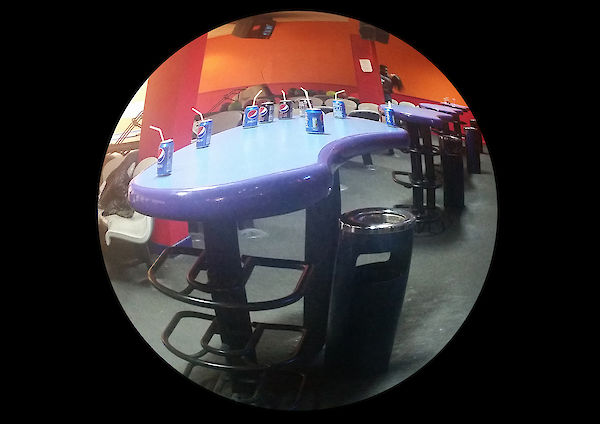
Lena Tutunjian, Globalization my Author, 2019, Poster, open edition, 59,4 × 84,1 cm (23.386 × 33.110 in)

Post-Apocalyptic Formation 1, 2019, Installation view, FELIX GAUDLITZ, Vienna
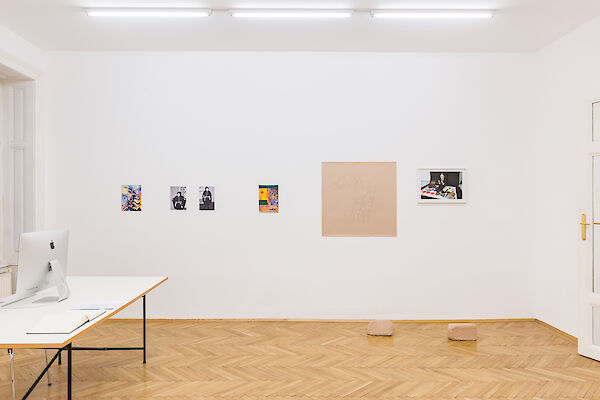
Post-Apocalyptic Formation 1, 2019, Assembled by Tanja Widmann and Felix Gaudlitz, Installation view, FELIX GAUDLITZ, Vienna
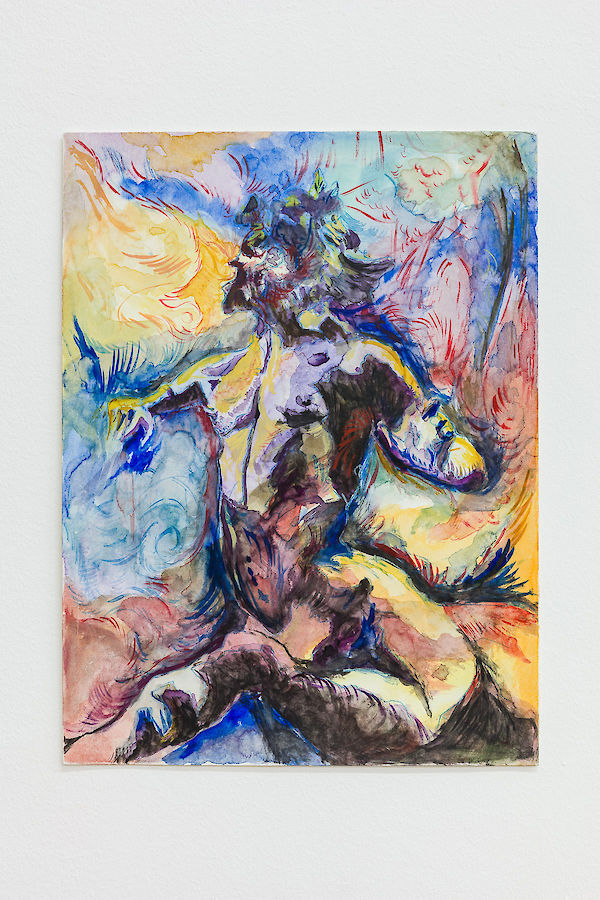
Robert Müller, Untitled, 2018, Watercolor and pigment on paper, 32 × 24 cm (12.598 × 9.449 in)
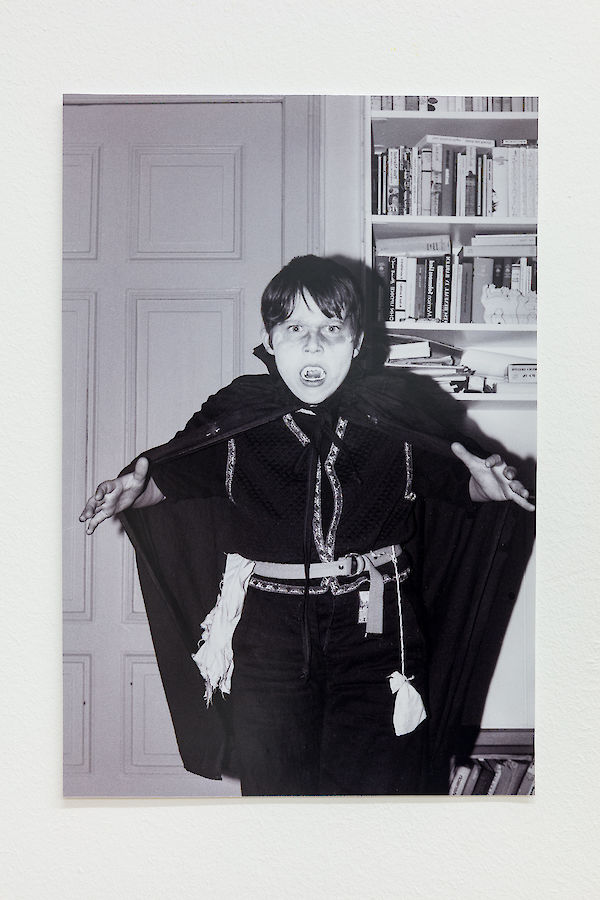
Robert Müller, Untitled (Photo by H.-J. Müller, 1990), 2018, Digital print, 28,7 × 19,4 cm (11.299 × 7.638 in), Ed. 1/1 + 1 AP
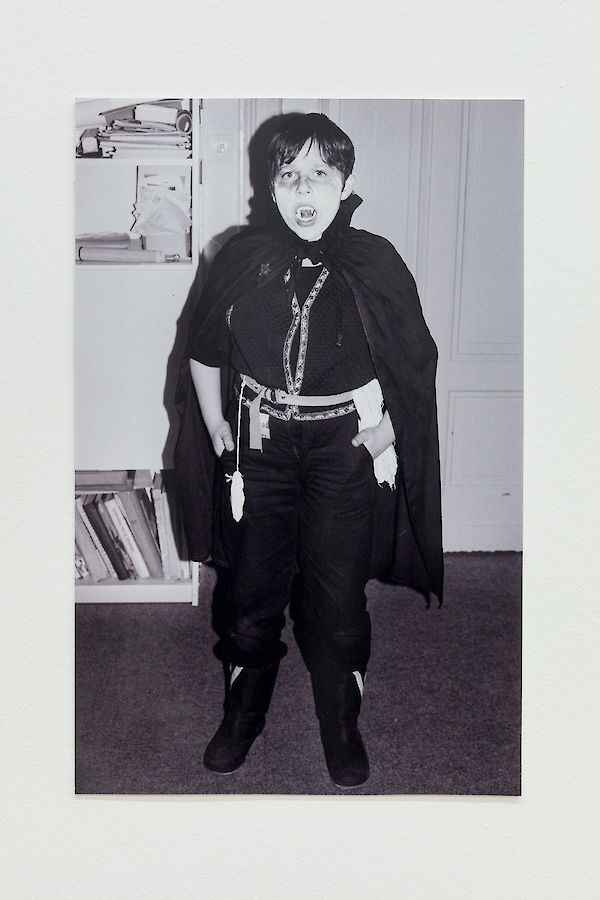
Robert Müller, Untitled (Photo by H.-J. Müller, 1990), 2018, Digital print, 28,7 × 18,8 cm (11.299 × 7.402 in), Ed. 1/1 + 1 AP
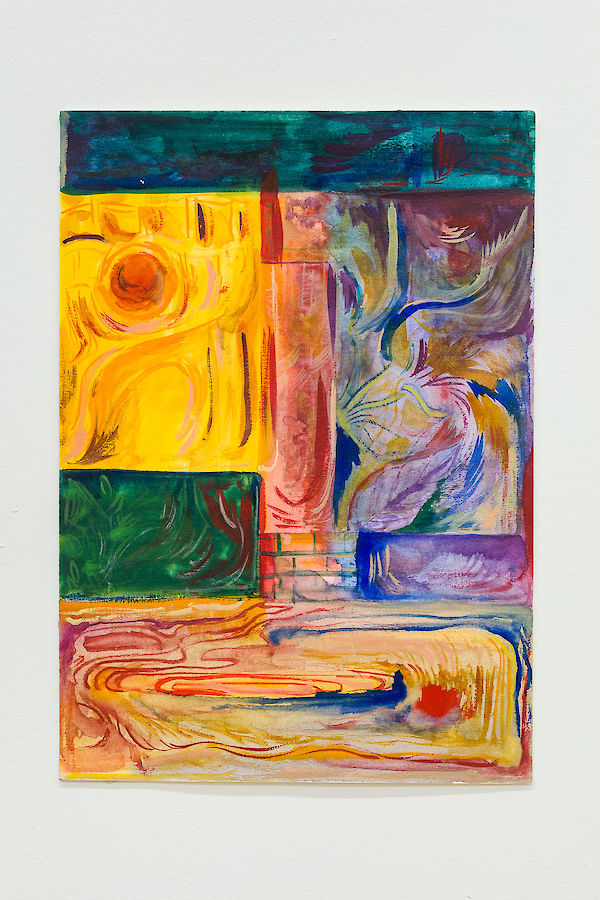
Robert Müller, Untitled, 2018, Watercolor on paper, 32 × 24 cm (12.598 × 9.449 in)
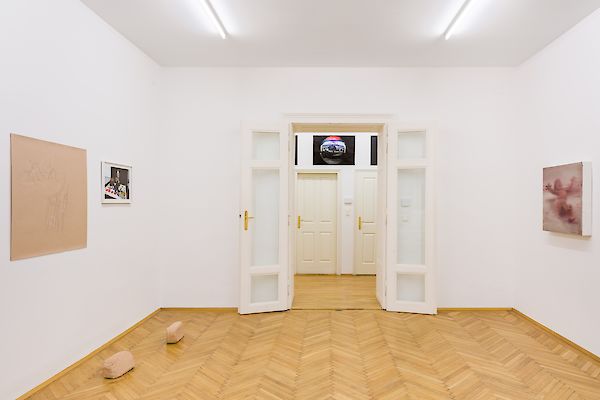
Post-Apocalyptic Formation 1, 2019, Installation view, FELIX GAUDLITZ, Vienna
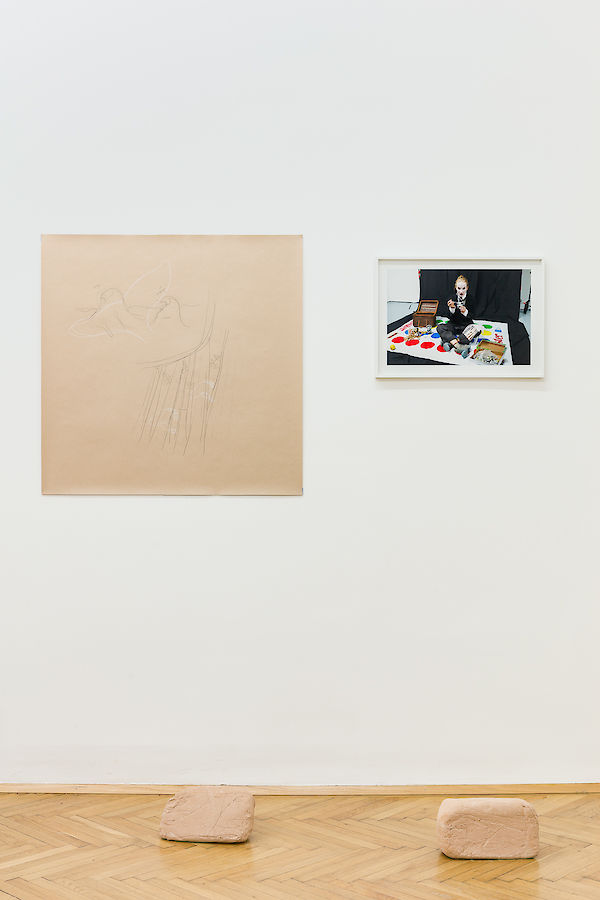
Post-Apocalyptic Formation 1, 2019, Installation view, FELIX GAUDLITZ, Vienna

Bernadette Van-Huy, Making A House Call And Leaving My Card 2, 2018, Drawing on paper, 91,5 × 91,5 cm (36.032 × 36.032 in)

Bernadette Van-Huy, Picnic Time, 2018, Digital print, 59,3 × 42,2 × 2,5 cm (23.346 × 16.614 × 0.393 in) (framed), Ed. 1/2 + 1 AP)
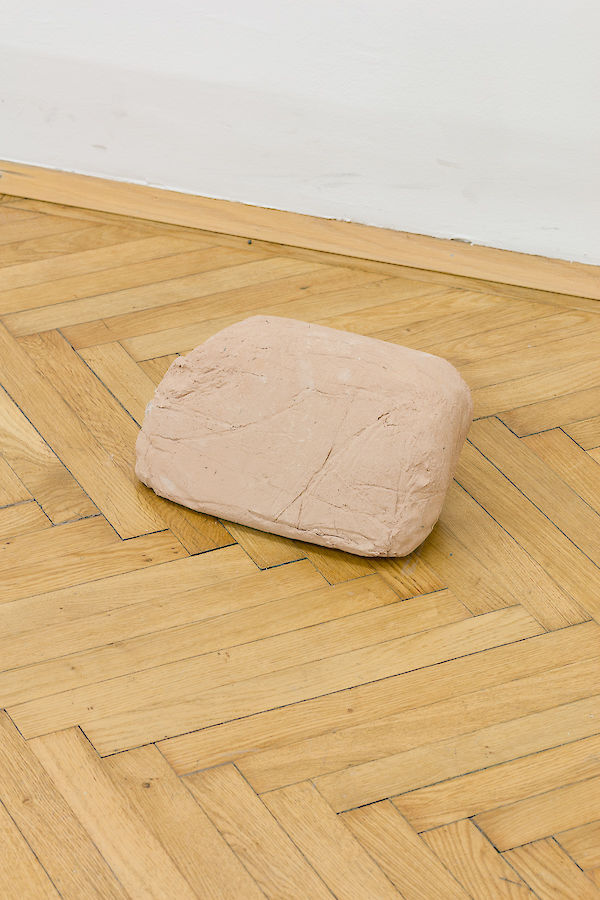
Ulla Rossek, raw material outwith time pleasant useless untrue, 2013/2019, Dried clay, ca. 15 × 30 × 17 cm (5.906 × 11.811 × 6.693 in)

Ulla Rossek, raw material outwith time pleasant useless untrue, 2013/2019, Dried clay, ca. 17 × 30 × 11,5 cm (6.693 × 11.811 × 4.528 in)

Post-Apocalyptic Formation 1, 2019, Installation view, FELIX GAUDLITZ, Vienna
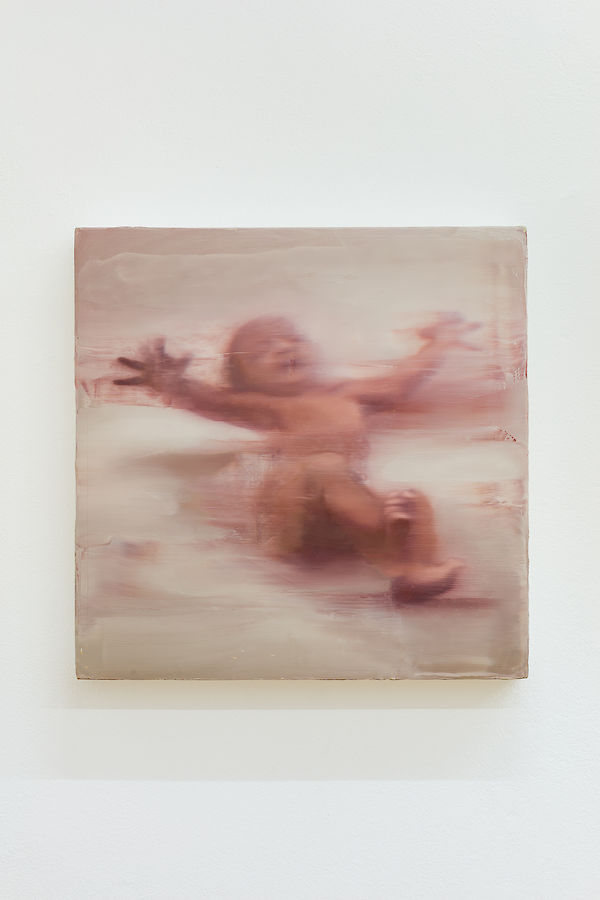
Ull Hohn, Untitled (Infant), 1991, Oil on wooden box, 71 × 71 × 9,5 cm (27.953 × 27.953 × 3.74 in)
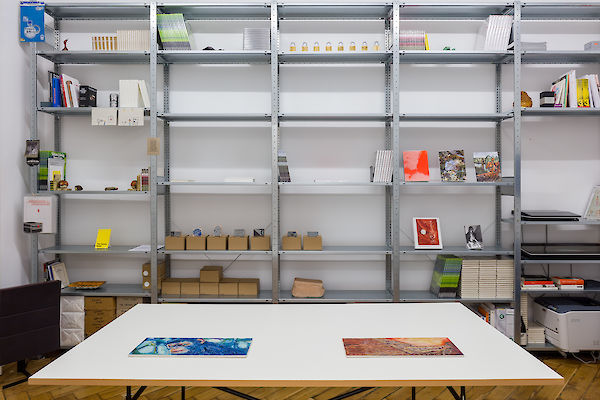
Post-Apocalyptic Formation 1, 2019, Installation view, FELIX GAUDLITZ, Vienna
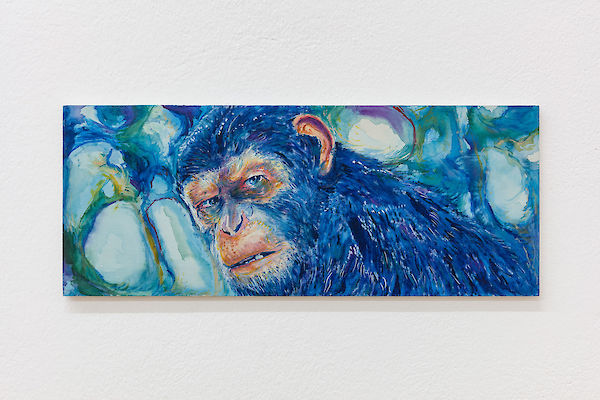
Robert Müller, Untitled (c), 2019, Watercolor and acrylic on wood, 50 × 20 × 0,8 cm (19.685 × 7.874 × 0.315 in)

Robert Müller, Untitled (q), 2019, Watercolor and acrylic on wood, shellac, 50 × 20 × 0,8 cm (19.685 × 7.874 × 0.315 in)
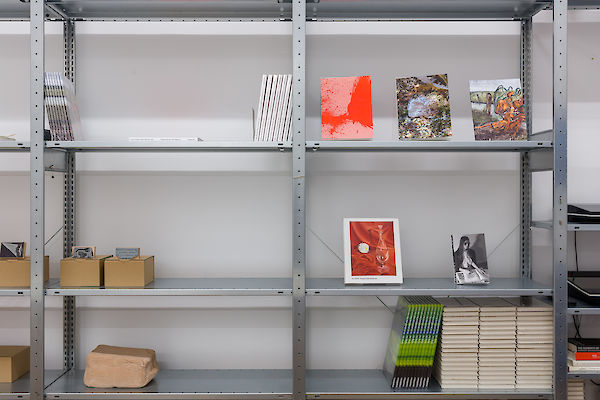
Post-Apocalyptic Formation 1, 2019, Installation view, FELIX GAUDLITZ, Vienna
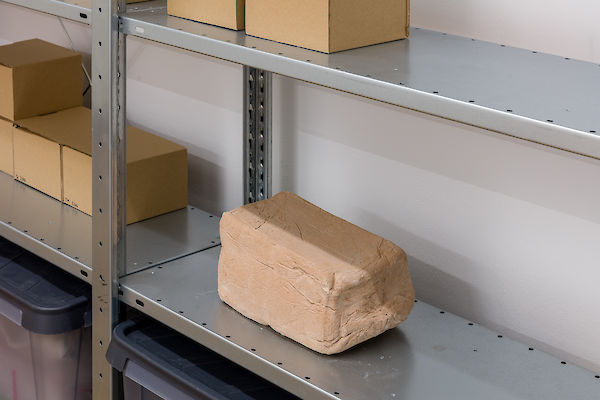
Ulla Rossek, raw material outwith time pleasant useless untrue, 2013/2019, Dried clay, ca. 14,5 × 29 × 17 cm (5.709 × 11.417 × 6.693 in)
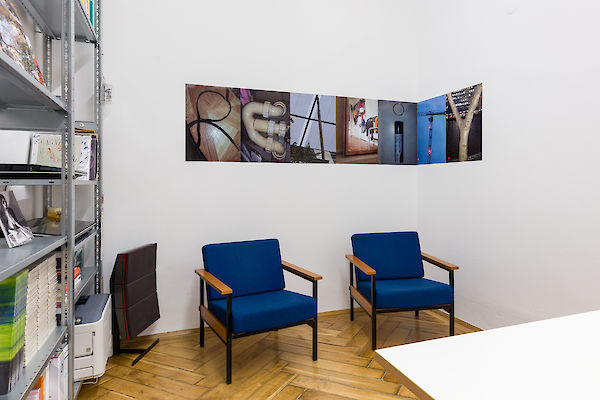
Post-Apocalyptic Formation 1, 2019, Installation view, FELIX GAUDLITZ, Vienna
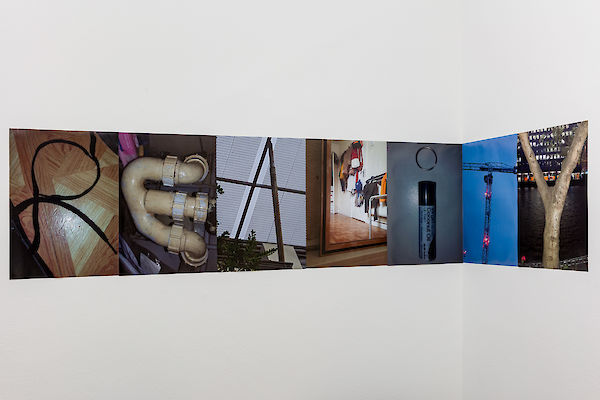
Georgie Nettell, Natural Language 1, 2018, 7 Din-A2 C-prints, Dimensions variable, Ed. 1/3 + 1 AP
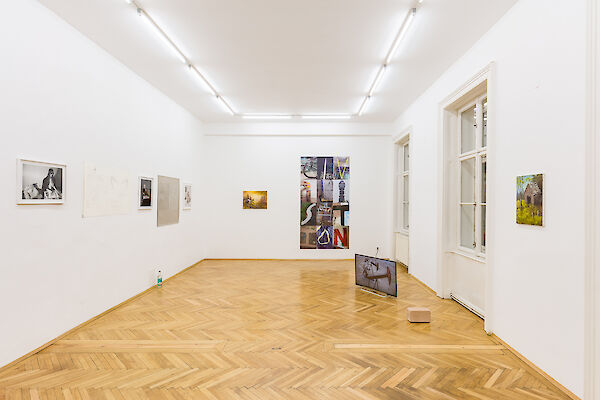
Post-Apocalyptic Formation 1, 2019, Assembled by Tanja Widmann and Felix Gaudlitz, Installation view, FELIX GAUDLITZ, Vienna
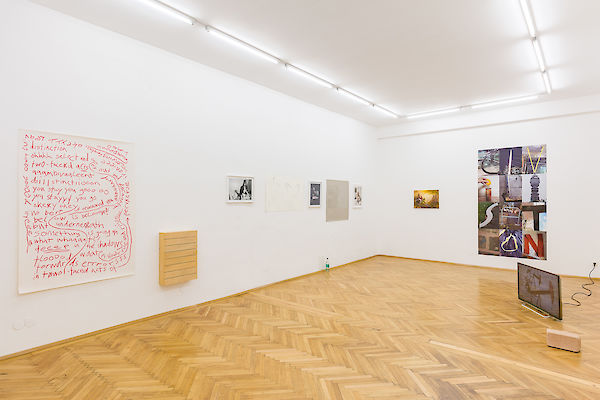
Post-Apocalyptic Formation 1, 2019, Installation view, FELIX GAUDLITZ, Vienna
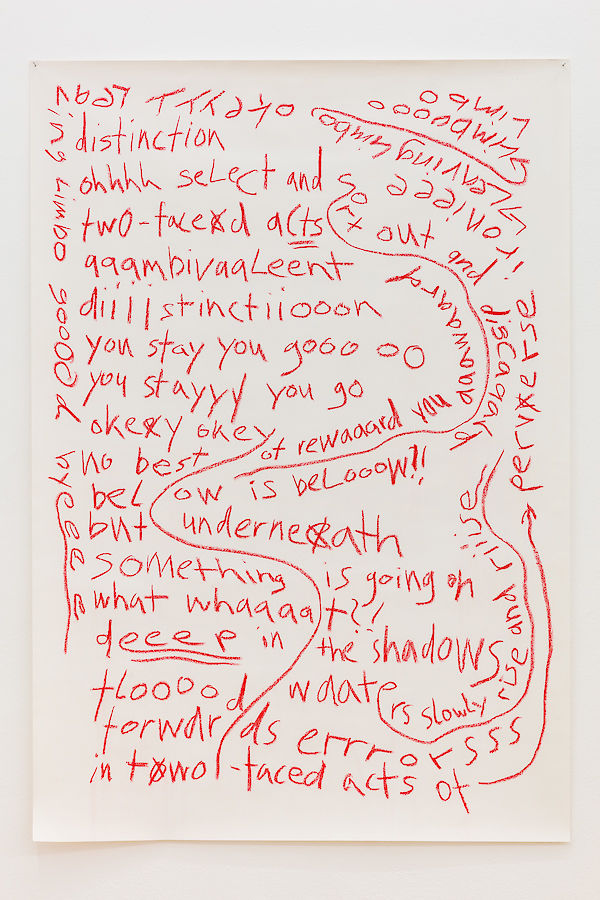
Jutta Zimmermann, Untitled, 2018, Pastell on canvas, 160 × 110 cm (62.992 × 43.307 in)

Jutta Zimmermann, Untitled, 2018, Wood, 66,5 × 47,5 × 10 cm (26.181 × 18.701 × 3.937 in)
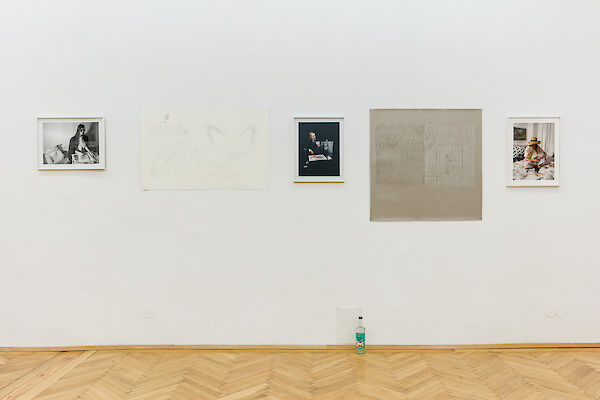
Post-Apocalyptic Formation 1, 2019, Installation view, FELIX GAUDLITZ, Vienna
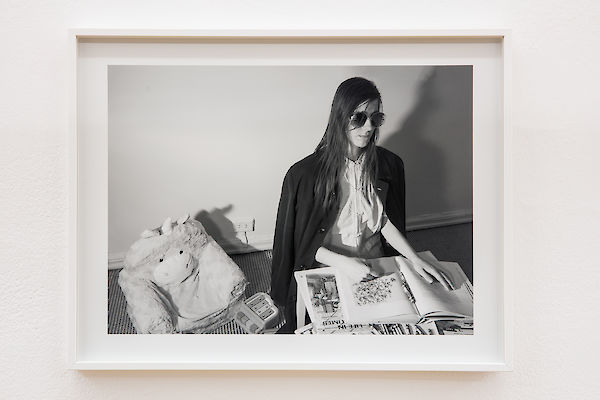
Bernadette Van-Huy, Picnoleptic, 2018, Digital print, 42 × 54,6 × 2,5 cm (16.535 × 21.496 × 0.393 in), Ed. 2/2 + 1 AP

Bernadette Van-Huy, Game, 2018, Drawing on paper, 101,6 × 66 cm (40 × 26.984 in)

Bernadette Van-Huy, Street Game, 2018, C-print, 52,5 × 42 × 2,5 cm (44.265 × 32.955 in), Ed. 1/2 + 1 AP
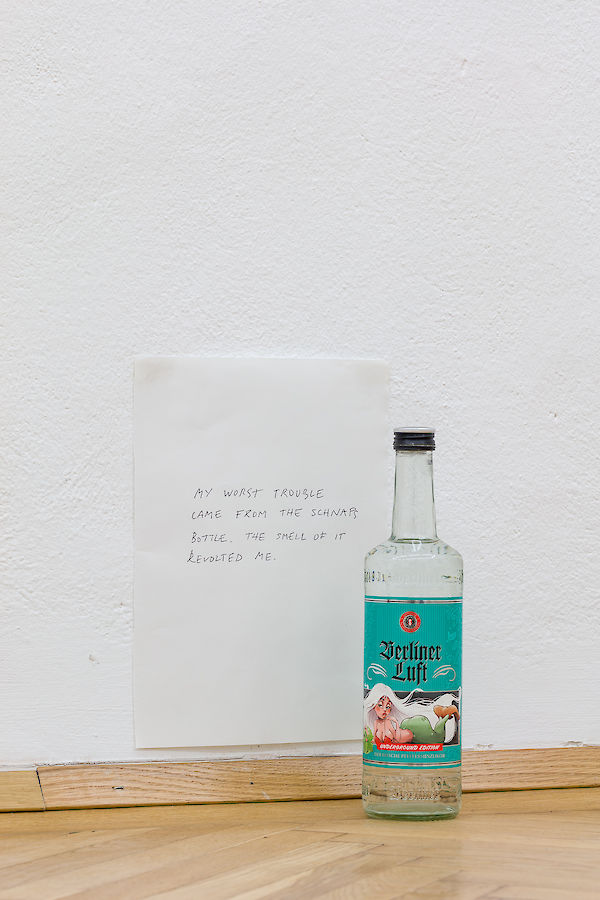
Bernadette Van-Huy, Footnote: A Report to an Academy, 2018, Ink on paper, schnaps bottle, Dimensions variable

Bernadette Van-Huy, Making A House Call And Leaving My Card 3, 2018, Drawing on paper, 91,5 × 91,5 cm (36.032 × 36.032 in)
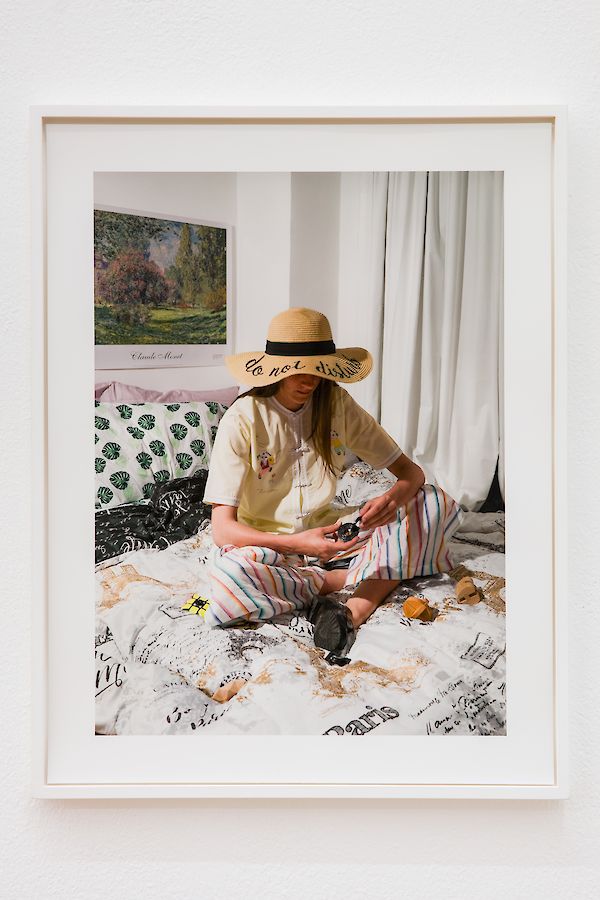
Bernadette Van-Huy, Do Not Disturb, 2018, C-Print, 56,5 × 44 × 2,5 cm (22.244 × 17.323 × 0.984 in) (framed), Ed. 1/2 + 1 AP

Post-Apocalyptic Formation 1, 2019, Installation view, FELIX GAUDLITZ, Vienna
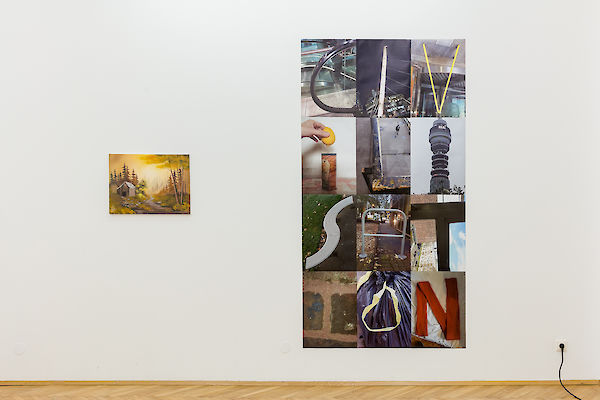
Post-Apocalyptic Formation 1, 2019, Installation view, FELIX GAUDLITZ, Vienna

Ull Hohn, Untitled, 1993, Oil on canvas, 45 × 60 cm (17.716 × 23.622 in)
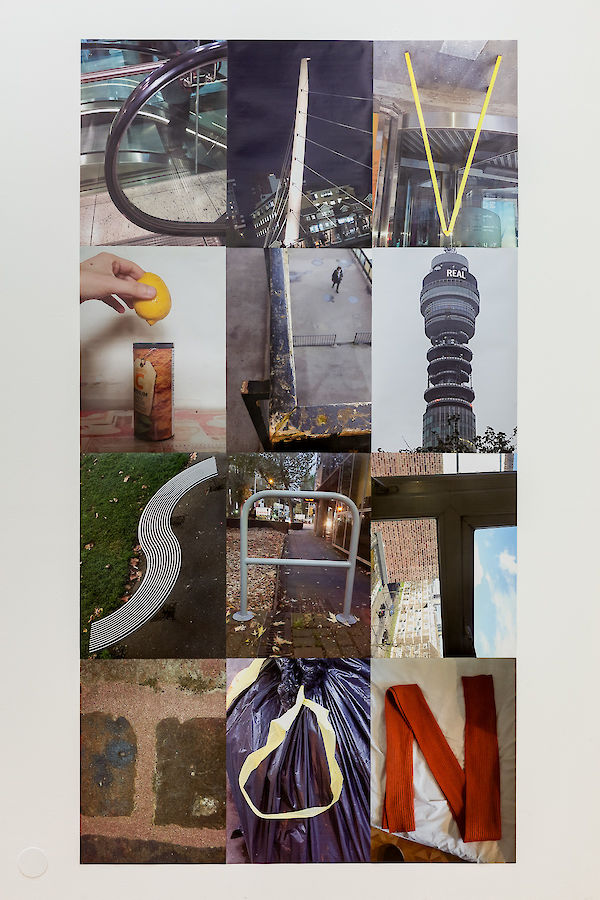
Georgie Nettell, Natural Language 2, 2018, 12 Din-A2 C-prints, Dimensions variable, Ed. 1/3 + 1 AP
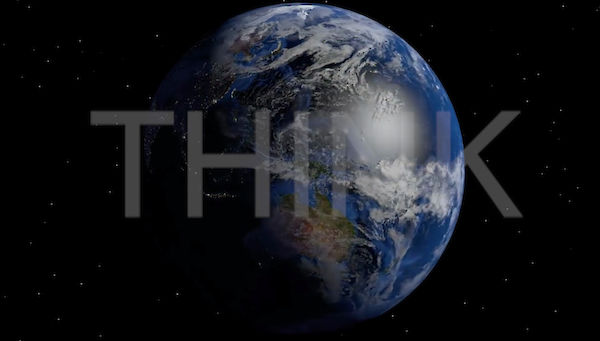
Georgie Nettell, every lie has an audience, 2019, Single channel video, color, sound, 01:05 min, looped, video still, Ed. 4/5 + 1 AP

Georgie Nettell, every lie has an audience, 2019, Single channel video, color, sound, 01:05 min, looped, video still, Ed. 4/5 + 1 AP
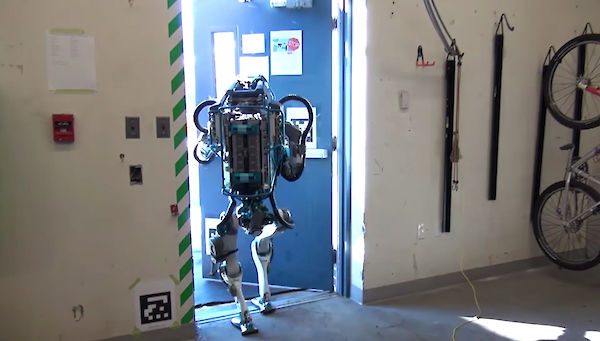
Georgie Nettell, every lie has an audience, 2019, Single channel video, color, sound, 01:05 min, looped, video still, Ed. 4/5 + 1 AP
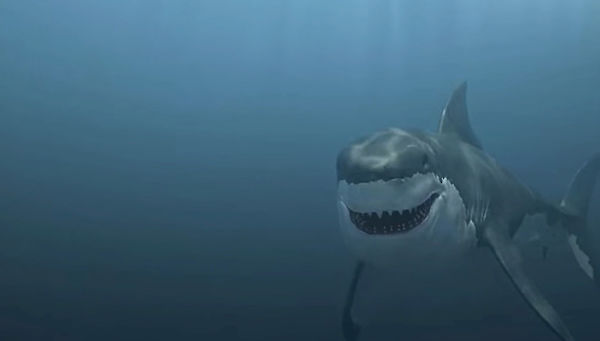
Georgie Nettell, every lie has an audience, 2019, Single channel video, color, sound, 01:05 min, looped, video still, Ed. 4/5 + 1 AP
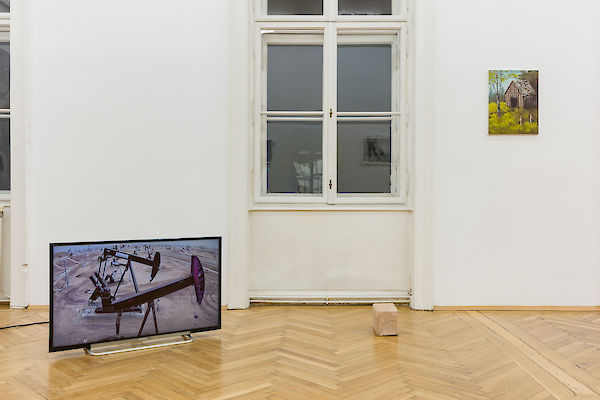
Post-Apocalyptic Formation 1, 2019, Installation view, FELIX GAUDLITZ, Vienna
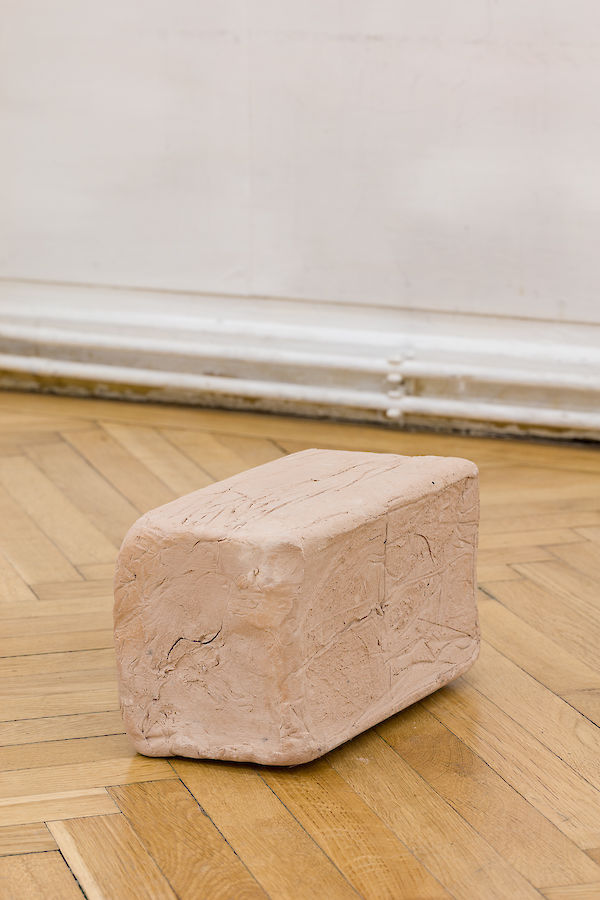
Ulla Rossek, raw material outwith time pleasant useless untrue, 2013/2019, Dried clay, ca. 14 × 28 × 13 cm (5.512 × 11.024 × 5.118 in)
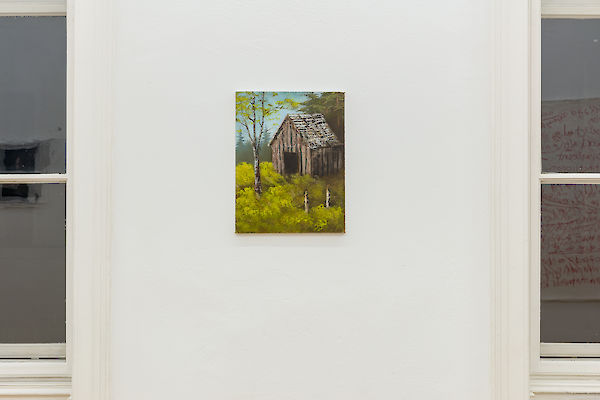
Ull Hohn, Untitled, 1993, Oil on canvas, 45,5 × 35,5 cm (17.913 × 13.976 in)
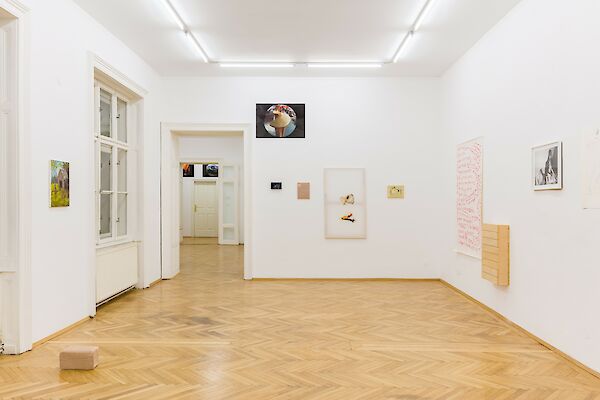
Post-Apocalyptic Formation 1, 2019, Assembled by Tanja Widmann and Felix Gaudlitz, Installation view, FELIX GAUDLITZ, Vienna

Post-Apocalyptic Formation 1, 2019, Installation view, FELIX GAUDLITZ, Vienna

Lena Tutunjian, Globalization my Author, 2019, Poster, open edition, 59,4 × 84,1 cm (23.386 × 33.110 in)
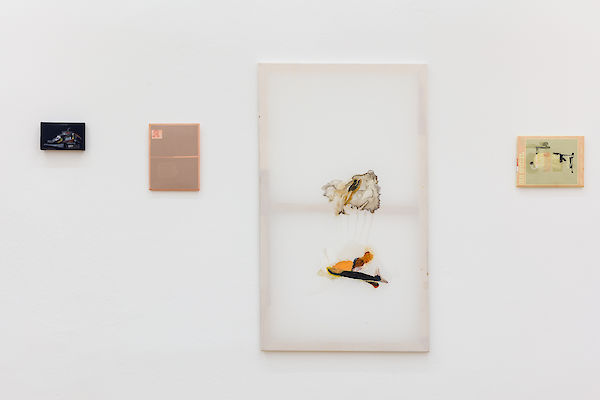
Post-Apocalyptic Formation 1, 2019, Installation view, FELIX GAUDLITZ, Vienna
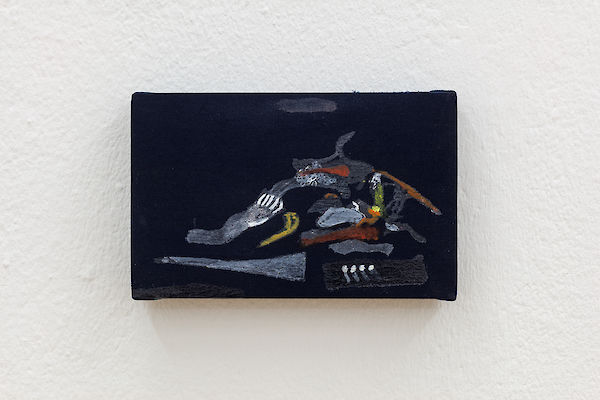
Max Schmidtlein, Mindred (Balea), 2019, Cotton, acrylic, oil, creme, mixed media, 11,5 × 18 × 3 cm (4.528 × 7.087 × 1.181 in)
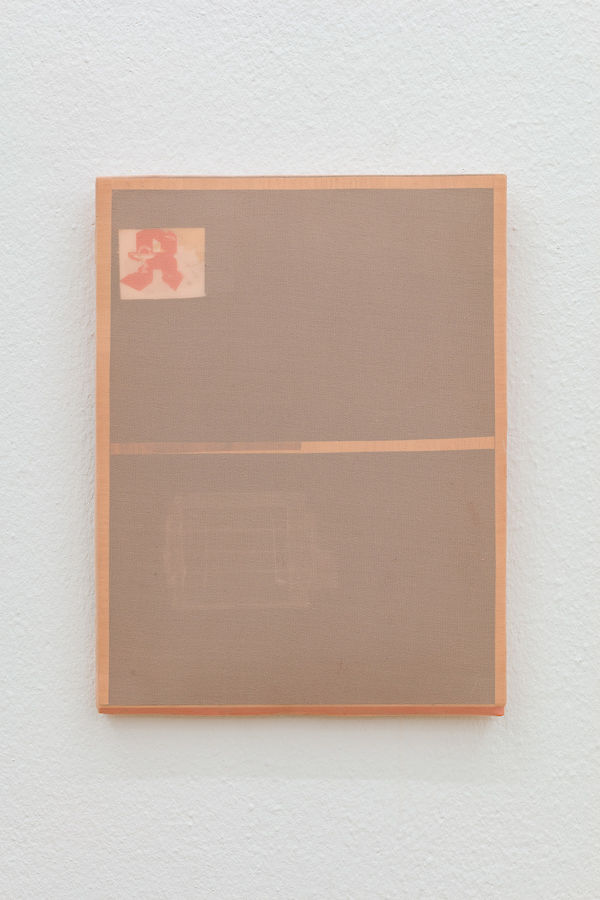
Max Schmidtlein, Schmerzen, 2019, Synthetic, mixed media, 27,8 × 21,4 × 1,9 cm (10.945 × 8.425 × 0.748 in)
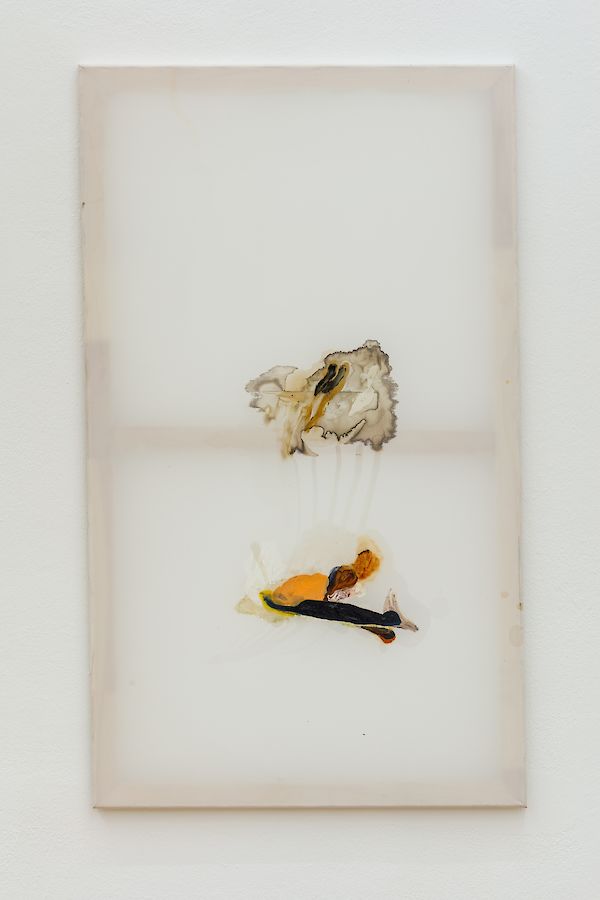
Max Schmidtlein, Trevira CS 2, 2016, Synthetic, acrylic, oil, wax, mixed media, 120 × 70,5 cm (47.244 × 27.756 in)
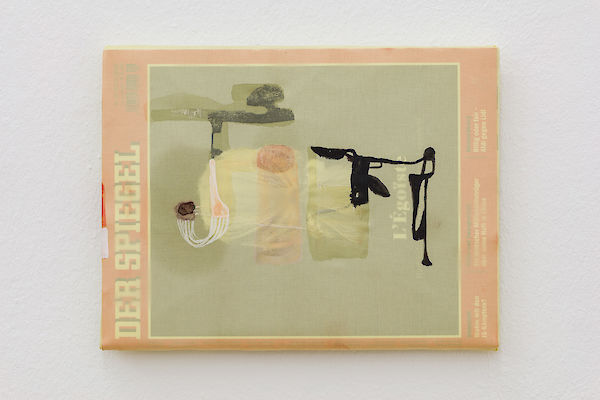
Max Schmidtlein, L’Égoïste, 2019, Synthetic, acrylic, oil, mixed media, 21 × 28 × 1,8 cm (8.268 × 11.027 × 0.709 in)
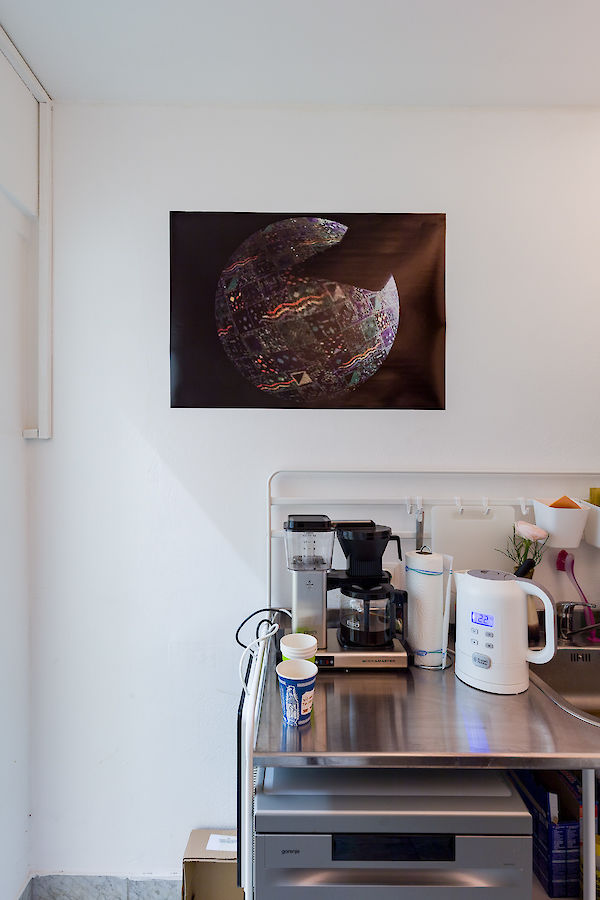
Post-Apocalyptic Formation 1, 2019, Installation view, FELIX GAUDLITZ, Vienna

Lena Tutunjian, Globalization my Author, 2019, Poster, open edition, 59,4 × 84,1 cm (23.386 × 33.110 in)
Photography: kunst-dokumentation.com